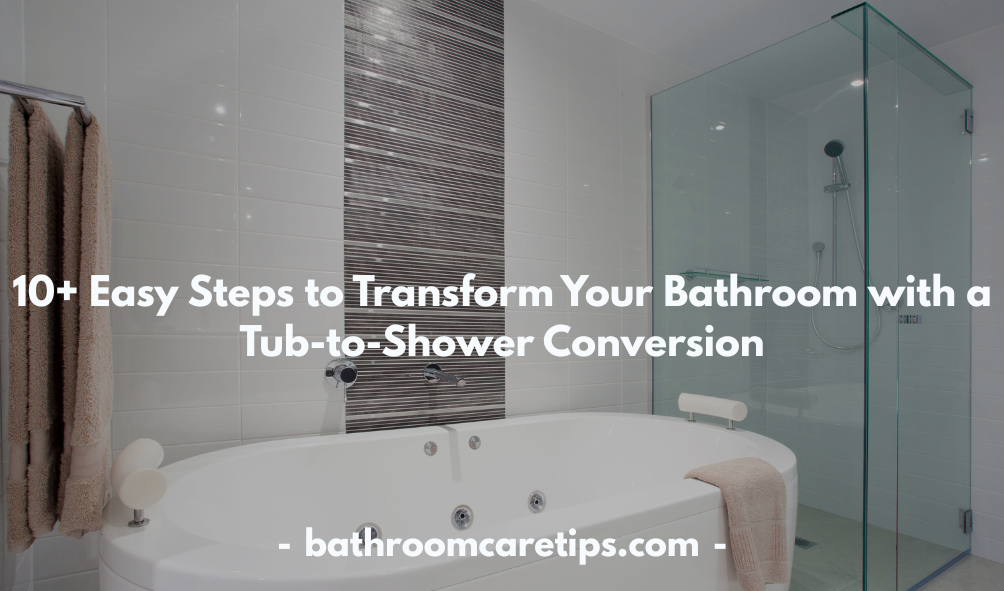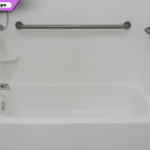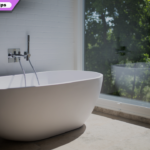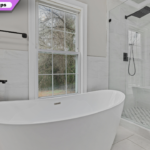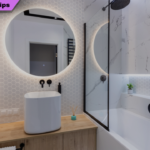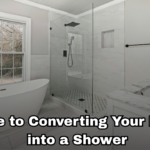If you’re considering replacing your bathtub with a shower, a tub to shower conversion could be a perfect solution. This simple yet impactful remodel not only modernizes your bathroom but also provides significant practical benefits. Whether you’re looking to maximize space, improve accessibility, or enhance the overall style of your bathroom, this conversion can help.
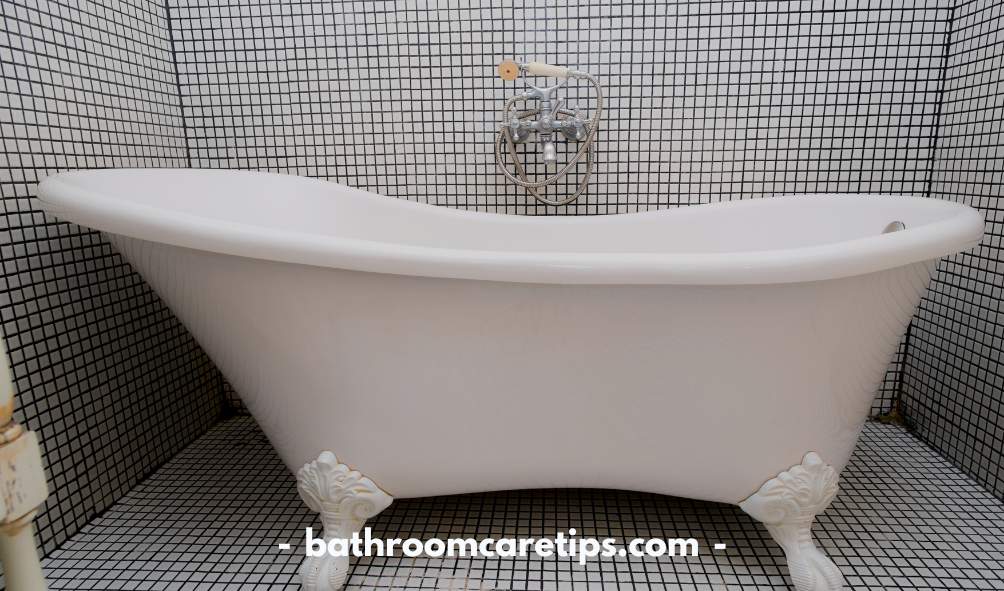
What is a Tub to Shower Conversion?
A tub to shower conversion involves replacing an existing bathtub with a stand-alone shower unit. This process is increasingly popular among homeowners who want to update their bathroom’s functionality. While bathtubs are great for relaxation, showers offer faster, more convenient cleaning. The transformation typically involves removing the bathtub and installing a shower base, walls (which may be tile or acrylic), a showerhead, and a drain. It’s a straightforward remodel that brings modern convenience and efficiency to your bathroom.
Why Choose a Tub to Shower Conversion?
There are several compelling reasons to opt for a tub to shower conversion. If your bathroom is small, removing a bulky tub in favor of a sleek, space-efficient shower can dramatically improve its layout. This conversion is particularly valuable for households with busy schedules, as showers allow for quicker clean-ups compared to soaking in a tub. Additionally, converting a tub to a shower enhances accessibility for individuals with mobility issues. It’s a fantastic way to create a more user-friendly, stylish, and modern bathroom.
The Benefits of Tub to Shower Conversion
One of the most significant advantages of a tub to shower conversion is space optimization. By replacing a bathtub with a shower, you can maximize your bathroom’s square footage, creating a more open and functional layout. This is especially important for small or narrow bathrooms. Furthermore, showers are generally more accessible, particularly with the option for low-threshold or curbless designs, which make it easier to enter. Additionally, a tub to shower conversion can enhance your bathroom’s aesthetic appeal, making it look more modern and sophisticated.
Moreover, replacing a bathtub with a shower can be more environmentally friendly. Showers use less water than baths, especially if you install a water-efficient showerhead. This, in turn, reduces your water usage and utility costs. With the proper materials and design, the cleaning and maintenance of a shower are also much simpler, reducing the chances of mold and mildew growth, which are common issues with bathtubs.
How to Plan Your Tub to Shower Conversion
Before starting the conversion, there are several key considerations to keep in mind. First, setting a budget is crucial. The cost of a tub to shower conversion can vary depending on factors such as materials, complexity, and whether you choose a DIY approach or hire a professional. You’ll need to measure your bathroom space accurately to ensure that the new shower fits properly. Depending on your needs, you can either use a tub to shower conversion kit or opt for a custom installation.
Selecting the right shower system is also important. Whether you prefer a walk-in shower, corner shower, or frameless glass shower, the design should reflect your bathroom’s style and size. Additionally, consider features like grab bars, non-slip flooring, and an adjustable showerhead to make your new shower as functional and accessible as possible.
Choosing the Right Materials for Your Tub to Shower Conversion
When planning a tub to shower conversion, the materials you choose will play a significant role in the final look and durability of your shower. Ceramic tiles, acrylic panels, and fiberglass are all popular options. Ceramic tiles offer a classic, luxurious look, while acrylic is easy to maintain and durable. If you’re aiming for a sleek, modern design, frameless glass panels provide a clean aesthetic. The choice of flooring material, such as non-slip tiles or water-resistant vinyl, is also critical for safety and comfort.
DIY vs. Professional Tub to Shower Conversion
While DIY conversion kits are available, they may not always be the best option for every homeowner. DIY projects require a certain level of skill, especially in plumbing and waterproofing. If you’re not confident in your ability to handle these tasks, it’s best to hire a professional contractor. A professional installer will ensure that your new shower is properly fitted, meets safety codes, and functions efficiently. On the other hand, opting for a DIY approach can save money if you’re on a tight budget and have the necessary skills.
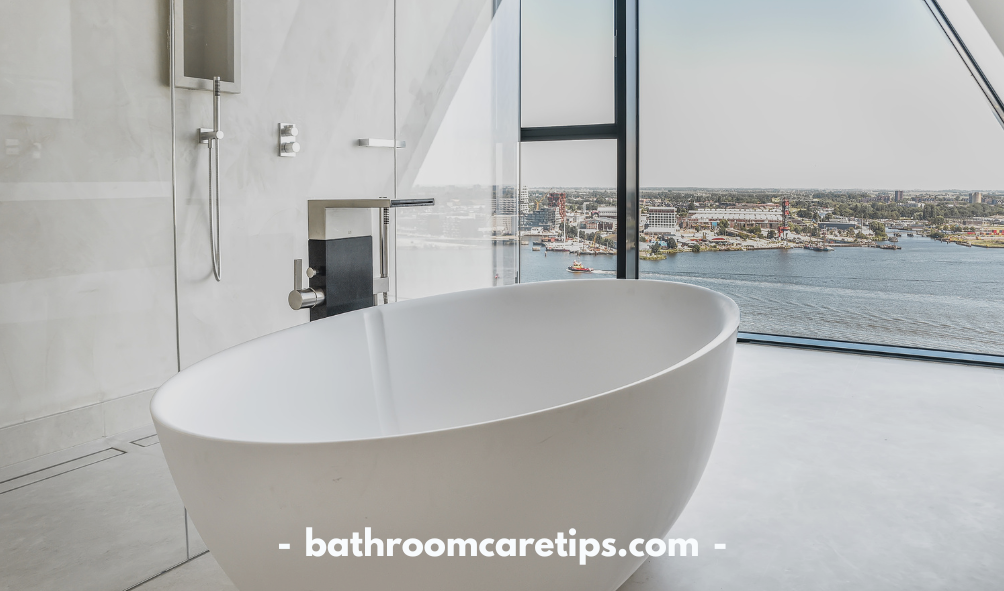
Cost Considerations for Tub to Shower Conversions
The cost of a tub to shower conversion depends on several factors, including the materials chosen, whether you hire a professional, and any plumbing modifications required. On average, a basic tub to shower conversion can range from $2,000 to $5,000. If you choose premium materials or require significant plumbing changes, the cost can rise significantly. DIY kits are typically less expensive but require careful installation to avoid potential issues. Keep in mind that adding accessibility features, such as grab bars or a low-threshold shower, can increase costs but add long-term value to your home.
Accessibility Features in Tub to Shower Conversions
For homeowners with limited mobility or aging in place, adding accessibility features to a tub to shower conversion is essential. Features such as low-threshold or curbless shower designs, grab bars, shower seats, and non-slip flooring can make a shower safer and more comfortable for all users. Adjustable showerheads and wide doorways can further enhance ease of use, making the shower more versatile for individuals with mobility aids. These modifications not only improve the function of your bathroom but also contribute to its overall appeal, especially in homes where accessibility is a priority.
Creating a Spa-Like Bathroom with Tub to Shower Conversion
Beyond functionality, a tub to shower conversion can create a luxurious, spa-like experience in your bathroom. Installing a rain showerhead, dual showerheads, or a steam shower unit can elevate the experience and provide a relaxing retreat after a long day. For a truly premium finish, consider incorporating custom tile designs, stone materials, and modern fixtures. A tub to shower conversion allows for extensive design flexibility, enabling you to create a bathroom that’s not only functional but also visually stunning.
Tub to Shower Conversion for Small Bathrooms
Small bathrooms benefit tremendously from tub to shower conversions. Bathtubs tend to occupy a lot of horizontal space, making compact bathrooms feel cramped. Converting to a corner shower or neo-angle design frees up floor space, improves traffic flow, and makes the room feel more open and modern.
Glass enclosures and frameless doors enhance the visual space, creating an airy aesthetic. Opting for lighter-colored tiles, recessed shelving, and mirrored walls can further expand the perception of room size. In homes where space optimization is essential, a well-planned conversion can be a game-changer.
Choosing the Right Contractor for Tub to Shower Conversion
Hiring the right contractor can make or break your remodeling project. Look for licensed professionals with solid portfolios of bathroom conversions. Ask for references, read online reviews, and request quotes from at least three contractors. Make sure they’re experienced in plumbing, tiling, and waterproofing.
A reputable contractor will guide you through permits, material selection, and ensure code-compliant work. They can also identify hidden issues like mold or outdated plumbing. Always sign a detailed contract outlining scope, timelines, costs, and warranties to protect your investment.
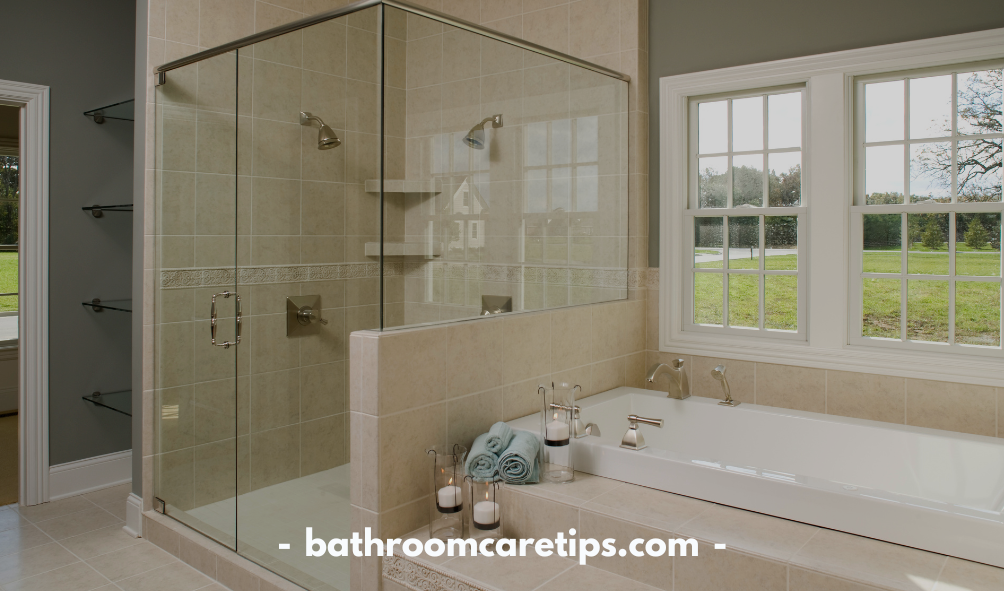
Shower Wall Options for Tub to Shower Conversion
Choosing the right wall materials affects both the aesthetics and longevity of your new shower. Here are popular options:
- Acrylic Panels: Durable, easy to clean, and available in various patterns and colors.
- Ceramic Tile: A timeless choice offering unlimited design flexibility.
- Stone Veneer or Marble: Perfect for luxurious, spa-inspired bathrooms.
- Fiberglass Panels: Lightweight and cost-effective, great for fast installations.
Ensure that your wall system is backed with moisture-resistant backer boards and sealed with waterproof grout or caulk.
How to Waterproof Your Bathroom During a Tub to Shower Conversion
Waterproofing is critical to prevent mold, leaks, and structural damage. Start by installing a cement backer board rather than drywall around the shower area. Apply a waterproof membrane or liquid sealant over the board.
Use high-quality caulk around edges and joints, and always slope the shower floor properly toward the drain. Consider a waterproofing system like Schluter or Wedi for added protection. A properly waterproofed shower area guarantees peace of mind and long-term durability.
The Difference Between One-Day and Full-Scale Tub to Shower Conversions
One-day conversions use pre-fabricated acrylic or fiberglass panels and pans. They are quick, less invasive, and ideal for budget-conscious or time-sensitive projects. However, they offer limited customization.
Full-scale conversions involve demolition, plumbing updates, and the use of custom materials like tile or stone. They take longer and cost more but offer complete design freedom and higher long-term value.
Mistakes to Avoid During Tub to Shower Conversions
- Skipping Waterproofing: Can lead to long-term damage.
- Incorrect Measurements: May lead to poor fit or leaks.
- Ignoring Drainage Slope: Water pooling can cause mold and mildew.
- Choosing Cheap Materials: Low durability, poor aesthetics.
- DIY Without Skill: Plumbing and tiling require professional knowledge
Best Shower Doors for Your Tub to Shower Conversion
- Sliding Glass Doors: Ideal for compact bathrooms.
- Hinged (Pivot) Doors: Modern and clean, but require more clearance.
- Frameless Glass: Minimalist and high-end.
- Bi-Fold Doors: Great for very tight spaces.
Each type offers unique advantages in terms of style, maintenance, and space-saving functionality.
Enhancing Ventilation in Your Bathroom After a Shower Conversion
Good airflow is essential to prevent humidity buildup. Consider:
- Installing an Exhaust Fan: Helps reduce moisture and odors.
- Adding a Window: Allows natural ventilation.
- Smart Vent Systems: Automatically regulate humidity and temperature.
Proper ventilation also prolongs the life of your materials and helps avoid mold growth.
Conclusion
A tub to shower conversion is more than just a remodeling project—it’s an opportunity to completely transform your bathroom into a functional, stylish, and more accessible space. By swapping out your old bathtub for a sleek and efficient shower, you can free up space, enhance the overall design of your bathroom, and cater to your specific needs. Whether you’re looking for a minimalist walk-in shower, a luxurious rain shower, or a practical solution for an aging family member, this conversion offers endless possibilities.
FAQs
How long does a tub to shower conversion take?
A standard conversion can take anywhere from 2 to 5 days, depending on the complexity and whether you’re doing it yourself or hiring a professional.
Can I use a tub to shower conversion kit if my bathroom space is small?
Yes, many conversion kits are designed to fit smaller spaces. Be sure to measure your bathroom accurately before purchasing.
Is a tub to shower conversion a good investment for resale value?
Yes, most homebuyers prefer showers over tubs, especially if they’re looking for a low-maintenance, modern bathroom.
What are the most popular materials for shower conversion?
Common materials include acrylic panels, ceramic tiles, and fiberglass. Each offers its own advantages in terms of durability and ease of maintenance.
How much do tub to shower conversion kits cost?
Conversion kits typically range from $5
